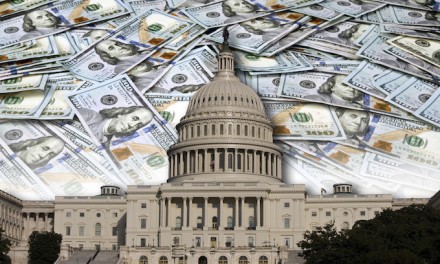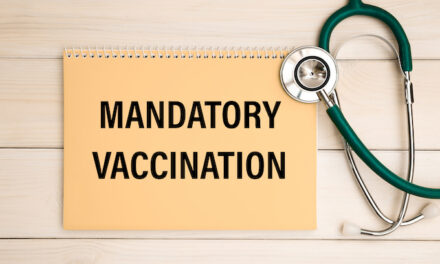U.S. consumer debt levels climbed by almost $45 billion in February, reaching $4.48 trillion, according to the Federal Reserve Board’s consumer credit report issued on Thursday.
That amounts to an annual seasonally adjusted increase of 11.3%, the report shows, surpassing economic expectations.
Revolving credit increased at an annual rate of 20.7%, while non-revolving credit increased at an annual rate of 8.4%. Open-ended revolving credit, including credit cards and lines of credit now totals over $1 trillion.
The report goes back to the 1940s.
Non-revolving credit grew by 8.4% to $3.4 trillion in February, a far greater gain than the 2.4% it grew by in January.
Inflation in the United States has continued to rise, climbing by more than 7% in January year-over-year, according to the Commerce Department.
Economists believe there are a number of reasons inflation is rising at a rate not seen for 40 years, including housing-related costs, and more recently, energy prices.
In March, the Labor Department said in its monthly Consumer Price Index that inflation rose by 7.9% in the 12 months ending in February, in what is the steepest 12-month increase since 1982.
Also in March, the three main credit bureaus in the United States, Equifax, Experian and TransUnion, announced new medical debt reporting measures that are expected to remove nearly 70% of medical collections from consumer credit reports
Copyright 2022 United Press International, Inc. (UPI). Any reproduction, republication, redistribution and/or modification of any UPI content is expressly prohibited without UPI’s prior written consent.
—-
This content is published through a licensing agreement with Acquire Media using its NewsEdge technology.



















And consumers can’t raise their debt ceiling nor print more money. The cost of living is a boa constrictor around the middle class.
The boa constrictor (US government) has two ways to make it easier for it: just raise the debt ceiling so it can print more money or just get more money by taxing the dumb suckers that elected them in.
NO, what they damn well need to do, IS START PASSING BALLENCED BUDGETS!!!!